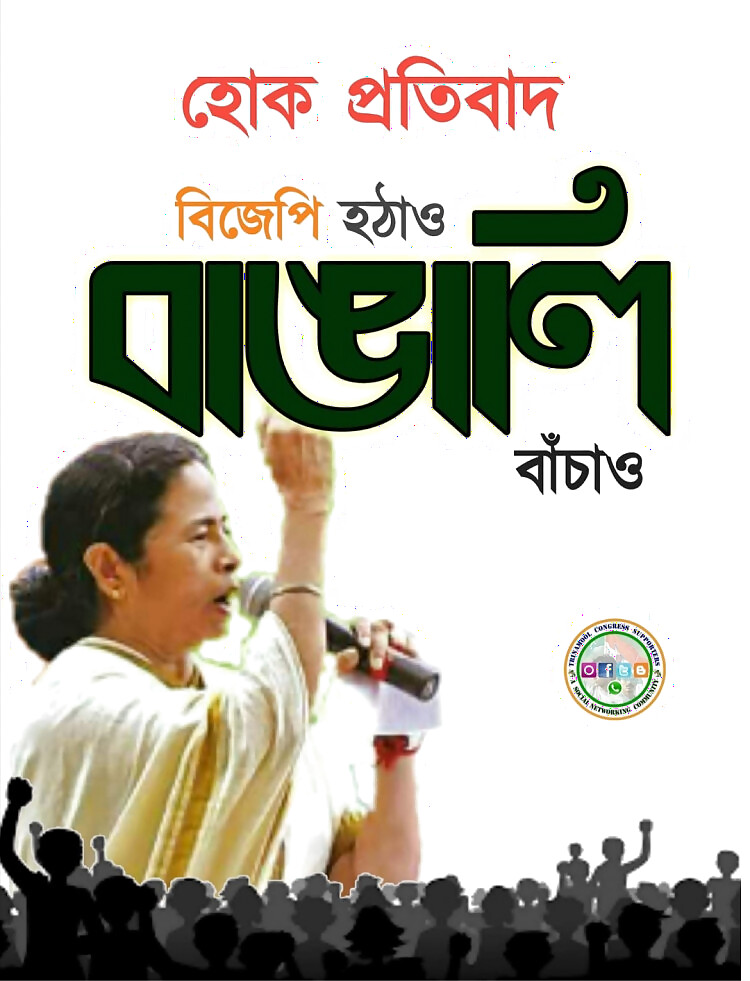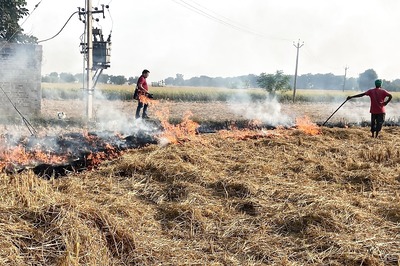
views
The Supreme Court’s decision to deny an urgent hearing to the BJP on its plea challenging the Calcutta High Court order not allowing its rath yatra is just the latest in a series of mishaps that have punctuated what was to the party’s key gambit ahead of 2019 Lok Sabha polls.
From difficulty finding a venue for Amit Shah’s rally to being forced to give up the ‘rath yatra’ tag, describing it instead as a Ganatantra Bachao Yatra (Save Democracy March) following controversy – a state committee leader summarized the party’s woes as a disaster from the beginning.
“This isn’t the Hindi heartland, it is not Ram Rajya. Neither Durga nor Kali sit on a rath. The BJP’s central unit just doesn’t understand that Hinduism here is very different.”
The stakes are high. In June, BJP president Amit Shah announced his plan to win 22 seats in the state and rath yatras were to be an integral part of the campaign to build momentum in the state. The BJP’s best performance in Bengal in a Lok Sabha election was in 2014 – with the party winning two seats in the state with a 16 percent vote margin.
Although, the party argues that it has since emerged as the main opposition, it was a distant fourth in the 2016 Assembly polls with three seats and 10 percent of the vote.
The rath yatra that the party had planned was to span over 39 days across the state and was to be key in the BJP’s plan to break the Trinamool Congress’s dominion in the state.
“This would serve two purposes. One is the visibility would make voters realize that we are the alternative and also we would be able to underscore the misrule of the present regime. But also, this would have enthused our workers,” said a senior BJP leader.
But with the Supreme Court refusing to hear the matter and the Calcutta High Court ruling that the “yatra can happen only after a thorough examination of the 35 reports submitted” by the state government, party leaders admitted that they were left with only two choices.
“We can either wait for the Supreme Court, hoping for a favourable order – but by then, there will be little time before the polls. Or, we can disobey the court orders and carry out a rally or hold smaller events in districts – which won’t have the same impact,” said a BJP source.
Party leaders, though, admitted that the wheels had begun falling off the rath yatra.
How the BJP lost its rath
Along the way, from Shah’s announcement in June and the consequent plan to three chariots traversing 42 Lok Sabha seats to the party’s plea in the Calcutta High Court – the BJP stopped describing the march as a ‘rath yatra’, choosing instead to call it Ganatantro Bachao Yatra.
While party leaders explained that this was partly due to the legal ramifications of asking permission for a rath yatra, the key factor was that voters in Bengal didn’t take to the idea in the manner the way the party had expected.
Rath yatras have long since been an electoral tool for the BJP. Former Madhya Pradesh chief minister Shivraj Singh Chouhan had flagged of his campaign with a similar rally from Bhopal in the run up to the recently concluded assembly polls.
“But in Bengal, it evoked images of the violence that took place in 1992. The Trinamool Congress used this to attack us. There were protests from civil society groups and even opposition within the party,” said a senior BJP leader, in charge of a Lok Sabha seat in south Bengal.
The leader added that there remained a greater problem for the BJP’s campaign in Bengal – a distinct difference in how the BJP’s Delhi-unit and the RSS viewed Hinduism, as opposed to how the state’s Hindu voters viewed their religion.
A Bengal RSS leader, who has been in the state for decades admitted, “This has been a problem for decades for the RSS in eastern India, which we have been able to partly solve in the north-east. For decades, they stayed away from kali pujo since meat was prasad.”
The Trinamool Congress campaign to counter the BJP’s plans in the state was summed up by Mamata Banerjee’s nephew Abhishek Banerjee last week when he said, “In the name of rath yatra, they have brought a 7-star AC luxury bus from Delhi. We have heard of rath yatra of Shri Jagannath or Shri Krishna (referring to the Rash Mela held in districts like Cooch Behar). But in the name of rath, communal asuras of Bangla will be riding a luxury bus…we have to be alert.”
Politics of ‘Bengali-ness’
A fortnight after Amit Shah’s statements and a public meeting in the state, Prime Minister Narendra Modi addressed a rally at Midnapore district and attacked the Trinamool Congress, alleging that the real face of the government was the “syndicate”.
“Doing anything in West Bengal without the permission of the syndicate is impossible…today Bengal is getting worse than the ruined situation that Left rule had created,” he said.
The Trinamool Congress countered almost immediately, launching a two-pronged attack. On one hand, the party accused the BJP of also running a syndicate – one of “religious terrorism” and in a statement by the party, TMC described the BJP as a syndicate of “fanaticism, lynching, torture, notebandi and corruption”.
On the other hand, the party launched a parallel campaign on social media platforms like the ever-expanding WhatsApp networks and on the ground via party cadre – that the BJP was an ‘anti-Bengali’ party, drawing on ideas of Bengali identity.
Soon after Shah’s announcement and Modi’s rally, West Bengal CM Mamata Banerjee flagged off the rath yatra for Lord Jagannath in Kolkata and said, “There is a close connection between Maa Kali’s Temple and the Jagannath Temple of Puri…I am praying for peace to reign in Bengal as well as in the entire country.”
A key factor that helped Trinamool Congress shape the narrative of an ‘anti-Bengali BJP’ was the issue of updation of Assam’s national Register of Citizens (NRC).

A very popular WhatsApp forward on TMC groups that translates: 'Let there be protests, Remove the BJP to save Bengalis'.
Banerjee, who posited herself at the heart of the debate in August, claimed that of the 66% of the Bengalis in Assam, whose names don’t feature in the first draft, were Hindus.
“Earlier, only one percent of the country’s population, which comprised educated people and elite families, had birth records. I don’t have birth certificates of my parents. Does BJP president Amit Shah have the original birth certificates of his parents,” she asked, before concluding, “One shouldn’t hope to win the hearts of Bengalis with repression.”
Last month, after the murder of five Bengali men in eastern Assam’s Tinsukia, Banerjee led the charge and connected the execution-style murders with the NRC while attacking the Bengal BJP of being “insensitive to the plight of Bengalis”.
Banerjee pointedly named the victims, identifying them as Hindu Bengalis from the politically significant Namasudra Dalit community and stuck to the party’s strategy of portraying themselves as the sole representatives of Bengali identity.
In fact, the BJP’s central unit had long since identified the importance of this ‘politics of Bengali-ness’. In September 2017, the party’s Bengal unit had presented Amit Shah with a 45-slide presentation arguing that the party’s political strategy needed to focus on “class not caste” and issues of Bengali-ness.
But the party’s plans on that front are yet to shape.
Take for instance, the party’s attempts to focus on their founder, Syama Prasad Mukherjee. The Union Ministry of Culture had planned to start a museum in Kolkata by 2018 which would have showcased his life, with items such as a letter written by him to Rajendra Prasad, President at the time of potential attacks on Mahatma Gandhi a month before his assassination.
A task force was created with the aid of National Archives in Delhi, that had begun compiling the collected works of the BJP founder and had hoped to utilize Mukherjee’s connect with Bengal and Kolkata as an arsenal in polls.
But the parallel plan of promoting Bengali icons alongside Hindutva in the state didn’t take off. “The project has been plagued by problems. For instance, we had hoped to renovate the 184-year-old Currency Building that overlooks Dalhousie Square in Kolkata for the site. But there were issues with construction and work is ongoing,” said an official of the Ministry of Culture.




















Comments
0 comment